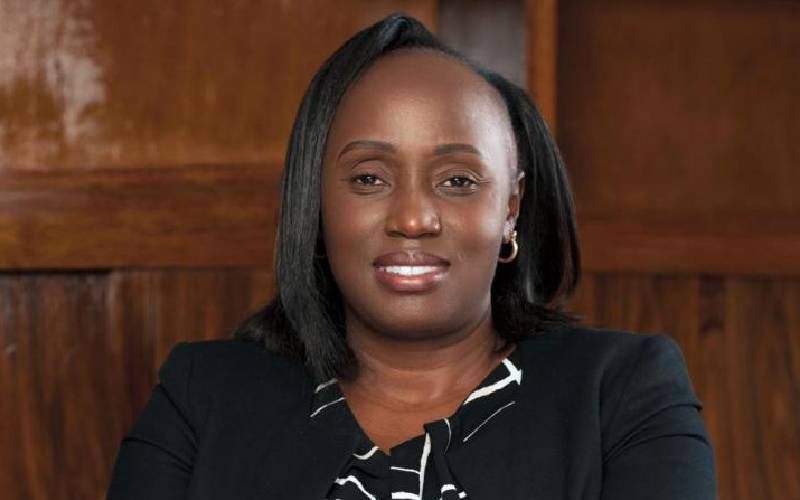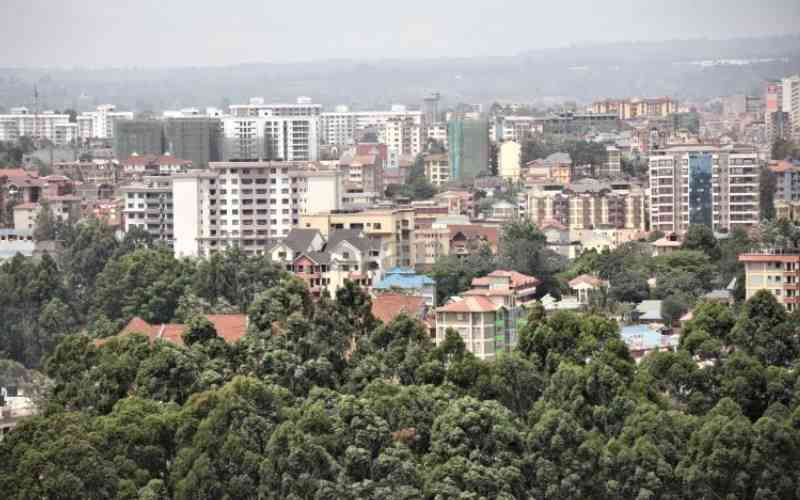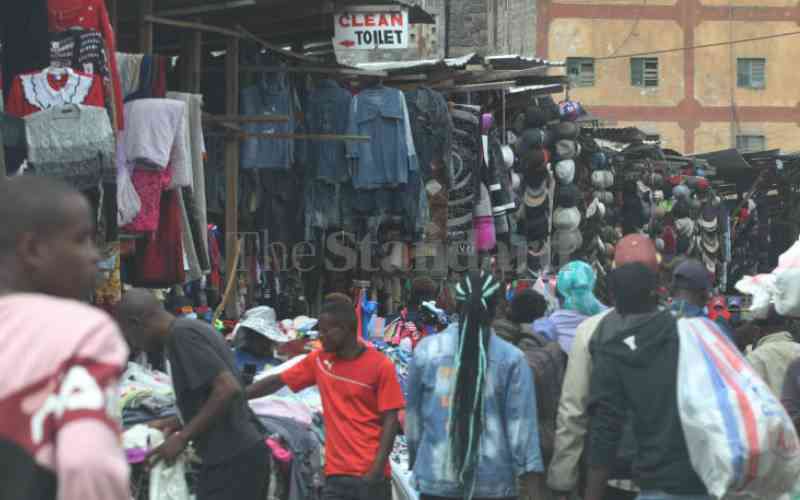Counties have not paid suppliers more than Sh43 billion incurred during the 2016/17 financial year, making the devolved units the worst employers for private sector.
According to an analysis of the Auditor General’s reports by the National Taxpayers Association (NTA), Mombasa County had the most pending bills at Sh4 billion, followed by Machakos at Sh2.8 billion and Kisumu’s Sh2.5 billion.
Nakuru owes Sh2.1 billion while Mandera has not paid Sh1.8 billion. The counties have been dubbed the worst five employers withholding pay for firms that do business with counties.
“Rolled over pending bills negates the reason for public participation, as projects that were not implemented but rolled over ignore the wishes of the citizens,” said NTA National Chairperson Irene Otieno in the report.
Enterprises that rushed to do business with counties have had it rough processing payment, leaving them broke and unable to service loans they had taken to supply goods and services to the counties.
Central Bank of Kenya Governor Patrick Njoroge has noted that 10 per cent of loan defaults was as a result of failure by the national and county governments to pay for services rendered.
Latest data from the regulator shows that out of the Sh2.567 trillion lent out by banks, Sh308 billion was in default, which puts non-payment caused by Government at Sh30.8 billion.
Homa Bay County is the best to supply goods and services to, having only accumulated Sh5 million pending bills.
The other four counties good at clearing bills are Vihiga at Sh52 million, Nairobi at Sh56 million, Lamu at Sh74 million and Baringo at Sh78 million.
The rest of the counties audited had more than Sh100 million in pending bills, with the report also focusing on governance issues.
Mombasa, which had more pending bills than revenue collected, had two of every Sh10 questioned since they were not supported by enough documentation. Nyandarua, on the other hand, had unsupported expenditure of Sh1.6 billion.
Nairobi County collected Sh10.9 billion but only Sh2.4 billion was banked at its official account. The remaining Sh8.5 billion was kept outside the county official coffers.
The audit also noted wastage. In Nyamira County, for instance, there was a 377 per cent rise in wages for temporary workers, yet of 177 projects approved for implementation by the County Assembly, 55, with a value of Sh277 million, stalled.
Nyeri County paid Sh38 million to Kenya Power for street lighting, but none was installed. The county paid Sh3.3 million for three milk cooling plants, but only one was supplied.
Challenges facing counties and their ability to pay suppliers may also be tied to falling revenues, which declined by Sh1.6 billion, excluding Narok County, which had a spike of Sh4.7 billion between 2016 and 2017.
Kiambu, which had Sh920 million in pending bills, had the highest decline in revenue of Sh381 million, while Nakuru, with pending bills worth Sh2.1 billion, had a revenue decline of Sh334 million.
Although Nairobi collected Sh10.9 billion, the highest revenues collected, it saw a decline of Sh304 million from the Sh11.2 billion collected in 2016.
On the other hand, Narok County's revenue jumped to Sh7.5 billion while it carried Sh1.6 billion pending bills. Other counties that improved on revenue collection were Meru (by Sh269 million), Machakos (Sh137 million, Laikipia (Sh86 million) and Bomet Sh68 million.
 The Standard Group Plc is a multi-media organization with investments in media
platforms spanning newspaper print operations, television, radio broadcasting,
digital and online services. The Standard Group is recognized as a leading
multi-media house in Kenya with a key influence in matters of national and
international interest.
The Standard Group Plc is a multi-media organization with investments in media
platforms spanning newspaper print operations, television, radio broadcasting,
digital and online services. The Standard Group is recognized as a leading
multi-media house in Kenya with a key influence in matters of national and
international interest.
 The Standard Group Plc is a multi-media organization with investments in media
platforms spanning newspaper print operations, television, radio broadcasting,
digital and online services. The Standard Group is recognized as a leading
multi-media house in Kenya with a key influence in matters of national and
international interest.
The Standard Group Plc is a multi-media organization with investments in media
platforms spanning newspaper print operations, television, radio broadcasting,
digital and online services. The Standard Group is recognized as a leading
multi-media house in Kenya with a key influence in matters of national and
international interest.









